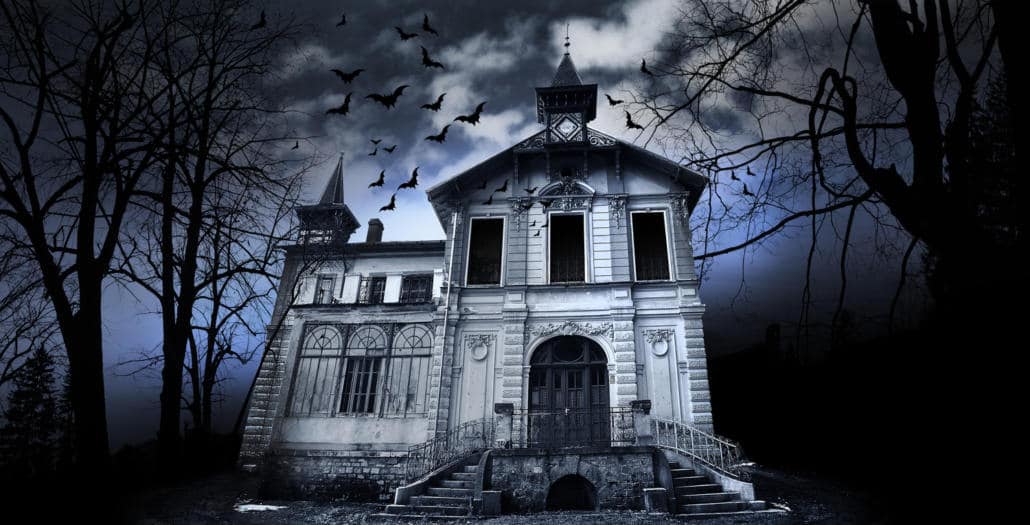Haunted Houses vs Escape Rooms
How They’re Alike and Different
Sometimes when I tell people I am starting an escape room, they respond “oh, like a haunted house, right?” This response always perplexes me, but I have gotten it enough times that I thought it would be best to address the similarities and differences.
The Differences:
- Passive vs Active – Haunted houses are passive. Escape rooms are active. When you go to a haunted house, you wander around and things happen to you or around you. While in some cases you might unintentionally trigger something (a noise, or an object to pop out) by setting off a sensor. You are not actively trying to engage with the house. In an escape room, there are on occasion some “gag” props that can startle people, but mostly nothing will happen unless you interact with the room. That means, instead of just walking through and observing, you must actually try to put two or more things together. For anything to “happen,” you have to put thought into how to make it happen.
- The scare factor – Escape rooms are not inherently scary. We’ve written about this in more detail here. There are a number of escape rooms out there that have horror themes, but most just try to get your heart racing due to an intense theme that requires you to solve puzzles under a time constraint. No zombies are needed to get your adrenaline pumping in a well themed escape room!
- Seasonality – Generally speaking haunted houses are seasonal in nature. You don’t often find a haunted house open in February, but escape rooms can – and should – be played all year long

The Similarities:
- Props – Many of the set-design tricks used in haunted houses are also used in escape rooms. Sometimes it’s the lighting, sounds, or fog machines. A lot of what creates a great ambiance in a haunted house can also be used to enhance the theme in an escape room. Both haunted houses and escape rooms are meant to transport guests into a different place and time. Many of the tools to do this are the same.
- Tech – The technology used in each is similar too. For a haunted house to seem, well, “haunted” there needs to be something mysterious about it. Doors will open on their own, windows slam shut, etc. Similarly, in escape rooms, to avoid a room that is just pad lock after pad lock, doors and compartments need to have different mechanisms to open. In this way, the sensors and electromagnetic locks used in haunted houses are the same ones used in escape rooms. They are just set up differently. In particular, we’ve found ways to have fun with pneumatic lifts!
- Immersion – Haunted houses are famous for getting you fully into the feeling. Setting the stage, applying lighting, leveraging sounds. They’re fantastic at helping you suspend the reality of the outside world. The great escape rooms do the same thing. Too many still skimp on set design and then still call themselves “immersive.” But a great escape room will take the lessons from haunted houses and invest in creating an environment that transports guests to a different time and space.
Escape rooms can learn a lot from haunted houses. I’d love for escape rooms to pay as much attention to the aesthetic details of a room as great haunted houses do. Likewise, I think haunted houses could be more thoughtful about how their guests interact with the house. But, overall, haunted houses and escape rooms are very different forms of entertainment. That’s a good thing. We can all enjoy them both!
